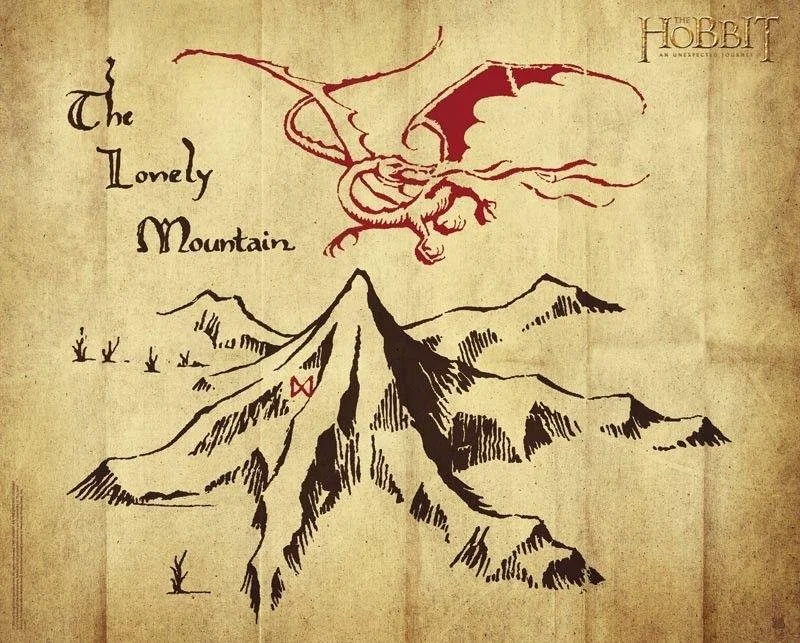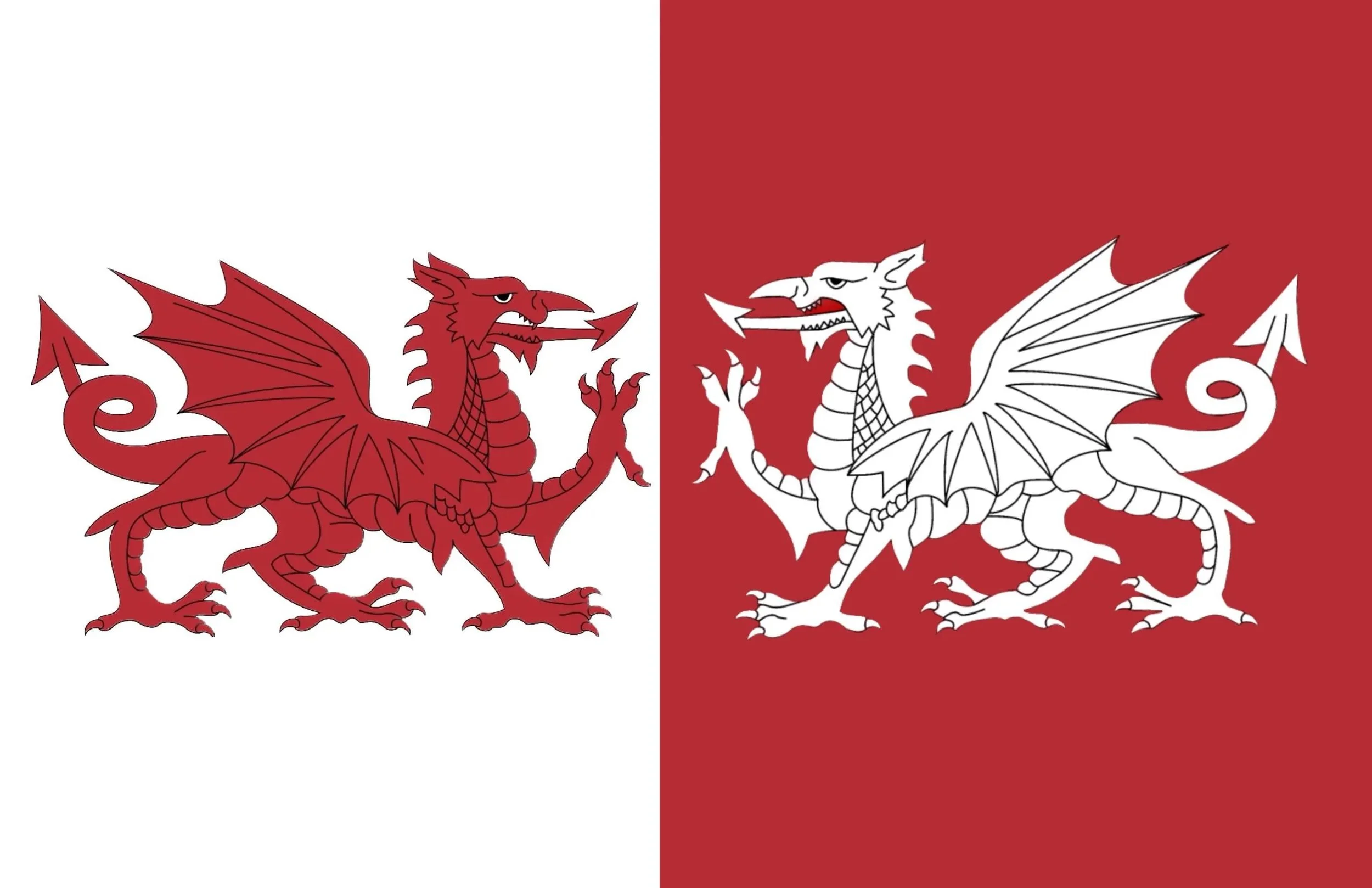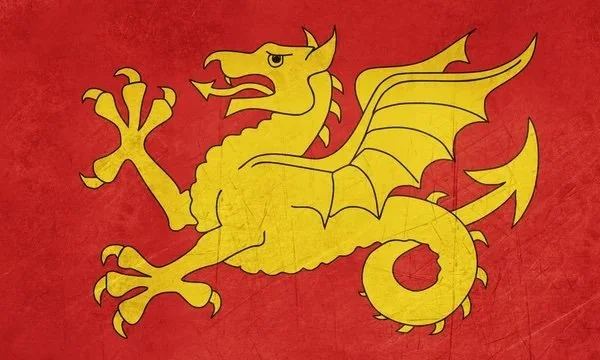Dragons and Wyverns and Why Authors Claim They're the Same
This is a contentious issue in Western fantasy fiction. A dragon has four legs plus wings, a wyvern has four limbs, the front two of which double-up as wings, like a pterodactyl. This is the definition as per hundreds of years of Western mythological tradition.
Original illustration of Smaug by JRR Tolkien
Prince Lucerys and Arrax (House of the Dragon - George RR Martin)
So why do authors claim wyverns are dragons?
Most say it’s their artistic right, and they don’t need to explain it to anyone.
Some say mythological terms are constantly evolving so we should evolve with them.
Others talk about evolutionary plausibility… and that one mystifies me because they’re also the ones who talk about it being fantasy and therefore they can call creatures whatever they like – so why talk about evolutionary plausibility in the first place?
As far as I’m concerned this is very simple. A dragon is a dragon, a wyvern is a wyvern. We have names for these things that are long-established. It is simply what they are called.
BUT
There are a few good reasons for authors to call wyverns dragons, and these come down to accessibility and marketing.
Audience Accessibility
If you’re reading this you probably have an opinion and are already aware that wyverns exist. That puts you several steps beyond most members of the public. However, EVERYBODY knows what a dragon is. So your average fantasy writer, who wants to reach the widest possible audience, will call their fire breathing flying reptile a dragon, no matter the number of limbs.
You might argue that an author could call their four-limbed fire breathing flying reptile a wyvern and “educate the masses”... but I’ll be blunt, the masses don’t care and will educate themselves if they care enough to do so.
The Western Draconic Family
A far as wider mass-consumption goes, “Dragon” has become a catch-all for the draconic family of mythological creatures. This also includes the underrepresented “drake”, which breathes fire but doesn’t fly, making it substantially less cool.
Author Choice
You might ask why they don’t just describe them as four-legged with wings and have done.
Well perhaps the author prefers the wyvern aesthetic. Perhaps they really do subscribe to the whole “this is more evolutionarily plausible” approach. Either way, it doesn’t matter. That’s their choice.
They are choosing to call a wyvern a dragon. In their book.
Modern Fiction vs Established Mythology
For me, problems begin when the author doubles down on this in public discourse outside of their book. At that point my brain does an unpleasant but persistent little fizz.
Whenever I hear an author claim that “dragon is a fantasy term and they can make up what that creature is”, but then go on to describe a wyvern, I have a problem. Because the author didn’t make that creature up, they’re describing a wyvern. We have a name for it. It’s a perfectly good name. They’re describing one mythological creature and calling it another.
It’s the dragon-equivalent of calling a pegasus a unicorn and then loudly proclaiming that pegasuses and unicorns are the same and anyone who argues is tiresome.
If they were inventing a whole new subspecies with four wings and six legs, that would be different. Because we don’t have a documented mythological name for that already. So placing it under the “draconic” banner and calling it “dragon” is much more acceptable.
But when, outside of their books, they’re describing the established mythological creature known as the wyvern and stoically calling it a dragon and then suggesting that we all start ignoring centuries of historic heraldry and mythological documentation just because it’s convenient and they can’t admit it was a cynical choice for audience accessibility… or a mistake… that’s where my brain refuses to budge.
The red and white dragons of England (Pendragon) and Wales
Wessex gold wyvern
What happens in the Book
Authors can make whatever choice they want IN THEIR BOOKS. They can call a wyvern a dragon in their world and that’s fine. And it might be for story/world building purposes, or it might be because they didn’t think about it that much to begin with, or it might be because nobody knows what a wyvern is. Whatever the reason, they should be able to admit it and nobody should care too much.
BUT outside of the book and in wider discourse, the fact remains that in Western mythology a wyvern is a wyvern and has four limbs, and a dragon is a dragon and has six.



